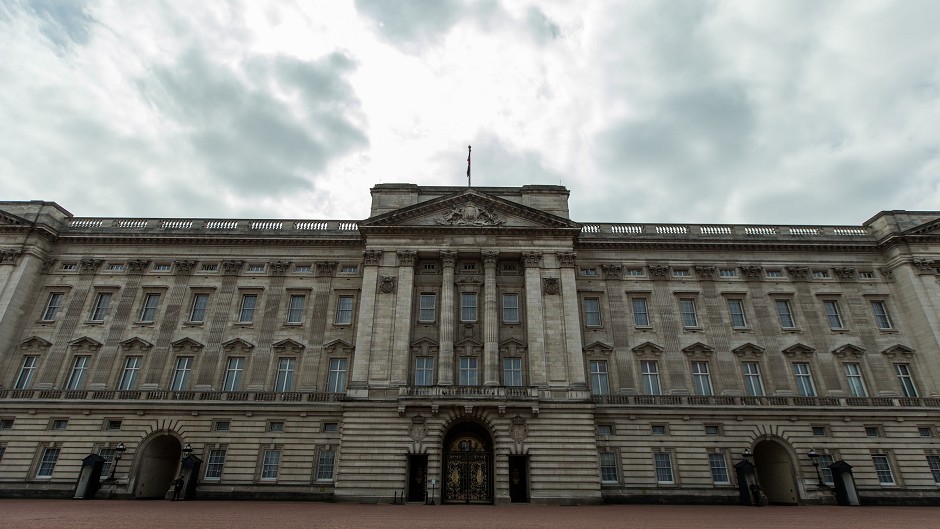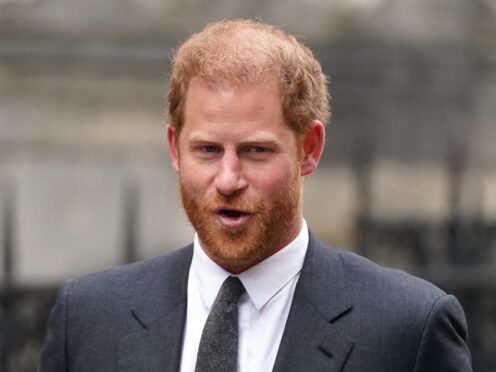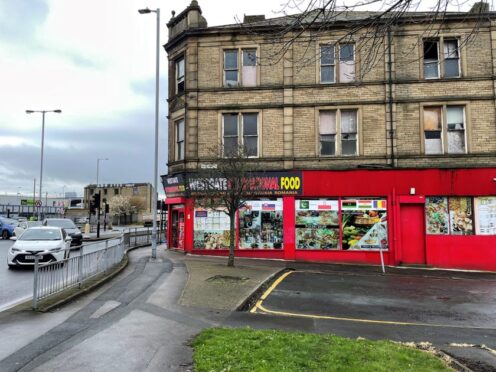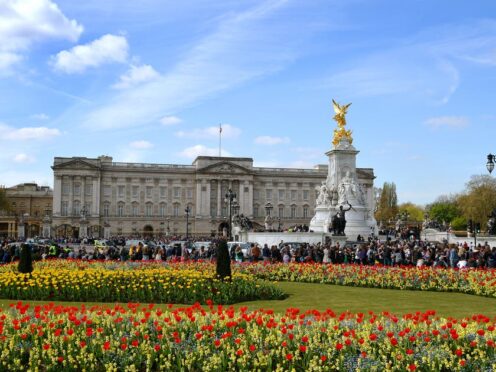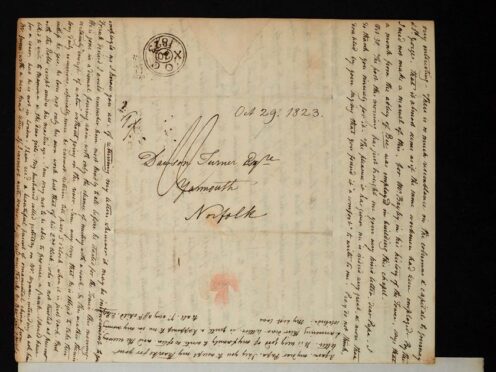A trespasser who scaled a perimeter wall at Buckingham Palace and asked whether the Queen was at home is a convicted killer, a court heard.
Denis Hennessy spent around 10 minutes “admiring” the palace gardens on Wednesday evening before being apprehended by armed police and repeatedly asking “is Ma’am in?”.
It was revealed on Friday that the 41-year-old was on licence at the time, having been jailed for life in 1993 for brutally beating homeless Kevin Cusack to death the previous year.
The information came to light as Hennessy, of Barnhill Road, Wembley, north-west London, was jailed for four months at Westminster Magistrates’ Court for criminal damage and trespassing into the royal grounds.
The Queen was in residence with the Duke of Edinburgh and the Duke of York at the time of Wednesday’s incident, the court heard.
Prosecutor Tom Nicholson said Hennessy was on a life licence for the 1992 killing, telling the court: “At the age of 17 on Friday 19 June 1992 he had been accosted by someone homeless in the street who had asked him for money and knocked food out of his hand.
“Hennessy became angry and attacked him with an iron bar, fracturing his skull into small pieces.”
Hennessy, who had been sniffing butane gas before the attack, then jumped on the victim’s head, killing him.
He was convicted in 1993 at the Old Bailey and released from prison in 2002, before the probation service stopped monitoring him in 2013, the court heard.
Hennessy, 41, wearing a dark green sweater and blue jeans, pleaded guilty to one count of trespass on a protected site and one count of criminal damage at Friday’s hearing.
Mr Nicholson said Hennessy had damaged wiring for the alarm system, to the value of up to £2,000, as he scaled the wall at around 8.37pm on Wednesday, and also cut his right hand on barbed wire.
He was arrested at around 8.50pm, about 50m from the Palace, after triggering a “full-scale alert” involving a sweep of the grounds with dogs and a helicopter.
Mr Nicholson said: “At the point when the defendant entered the site, Her Majesty the Queen was in residence along with the Duke of Edinburgh and the Duke of York.
“It caused them significant inconvenience.”
When he was interviewed by officers the following day, he accepted “he should not be there”, Mr Nicholson said.
“He said he did not see the signs. He walked through the gardens admiring the view and he was shocked to see the police officers.
“He was sorry for the trouble he had caused.”
Sikander Choudry, defending, said the unemployed stonemason had been drinking before the incident.
“He had an appointment in the Jobcentre in Wembley where he lives. He attended it and after that appointment he went to have some drink. He had four or five cans of cider,” Mr Choudry said.
He then went to meet a friend in central London, and on his way to Victoria he had another drink in a pub before deciding to climb the Palace wall, using a nearby tree for support.
But he said: “Mr Hennessy did not have any malicious intent towards the royal family – that’s not the reason he went to Buckingham Palace.”
Hennessy also had a conviction for shoplifting in 2016.
Chief Magistrate, senior district judge Howard Riddle, sentenced him to four months for trespassing and two months, to run concurrently, for damaging the wires of the alarm system.
He said: “What stands out is that Mr Hennessy made the most determined effort to enter the grounds.
“He knew precisely where he was and he repeatedly asked if the Queen was in residence.
“It’s an aggravating factor that the Queen, the Duke of Edinburgh and the Duke of York were in residence.”
His intrusion led to “serious consequences” and the alarm would need to be “refixed”, Judge Riddle said.
He added: “In 1993 at the Old Bailey, he was convicted of murder, a particularly brutal murder as it happens – that’s an aggravating factor.”
Hennessy’s explanation for going into the gardens was “not credible”, the judge said.
He said: “The fact of the matter is, we simply don’t know why he was there and that makes it a matter of considerable concern.”
